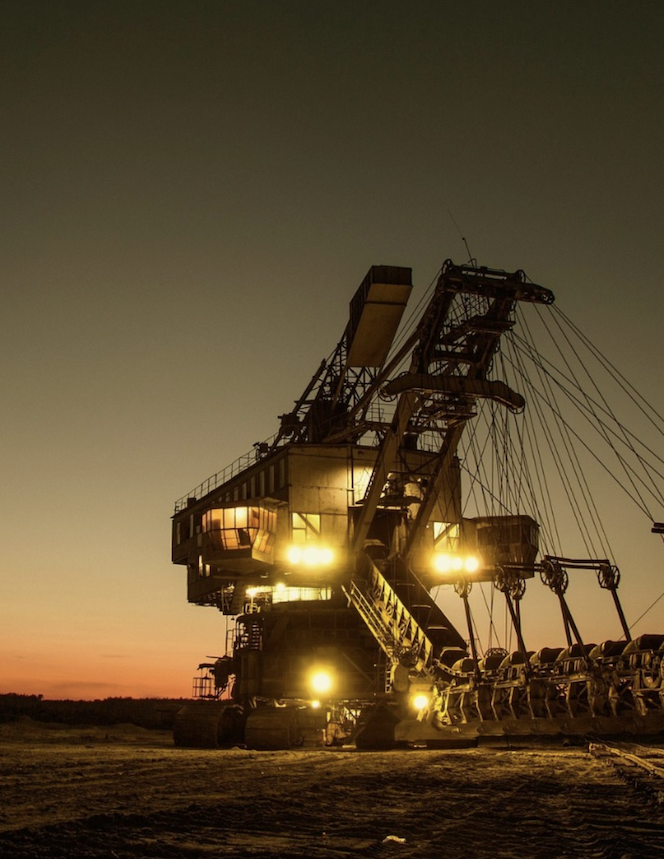
Carbon neutrality: reality explained
Carbon neutrality, what exactly are we talking about?
It is clear that we hear a lot about carbon neutrality to control climate change without knowing all the ins and outs.
The ADEME explains it to us through a notice published in March 2021. And proposes to give “the keys to understanding the concept of carbon neutrality” and then “decipher the contribution of actors to this goal to help sort between announcement effects and real ambitions stakeholders.
First of all, it is worth recalling the definition of carbon neutrality: it is the fact of “sequestering as much carbon as we emit, so as to stabilize its level of concentration in the atmosphere and thus limit the increase in the global temperature of the planet.
To do this, there are 2 levers of action:
I) Reduce greenhouse gas (GHG) emissions, especially CO2
II) Sequestering CO2 in biological or technological sinks

Credits : MTES
As our current sequestration capacities are limited, it is indeed the reduction of GHG emissions that must be prioritized and implemented rapidly. At the same time, we must increase and protect natural CO2 sinks such as soils and forests. These biological sinks should be favored over technological sinks, which raise numerous questions and constraints.
Thus, the objective of carbon neutrality only really makes sense on a global scale. And it is the synergy of organizations, territories and citizens that will allow us to reach carbon neutrality as soon as possible. We now understand why it cannot be applied by a company or a product alone.
As ADEME explains, “Ultimately, it is through their action on different levers that actors contribute to their carbon neutrality objective. They should not try to twist the concept of carbon neutrality to apply it to their own scale and claim to be ‘carbon neutral’. It is a matter of everyone becoming part of a global transition dynamic, adjusting their efforts in line with their potential for action and the ambition of the Paris Agreement.”
The action levers of the various actors are summarized below.

Crédit : ADEME
To realize the extent of the road ahead, let’s remember that each French person consumes on average 11 tons of CO2 per year. To limit global warming to 1.5°C, we must all go below 2 tCO2/pers/year.

Source des données : Carbone 4, Faire sa part, juin 2019.
In conclusion, carbon neutrality is a global issue that goes beyond individualities. Each and everyone; citizen, territory and company, has a social, economic and environmental duty to act according to their possibilities.
By Mélissa Théodolin, april 2021.





Leave a Reply